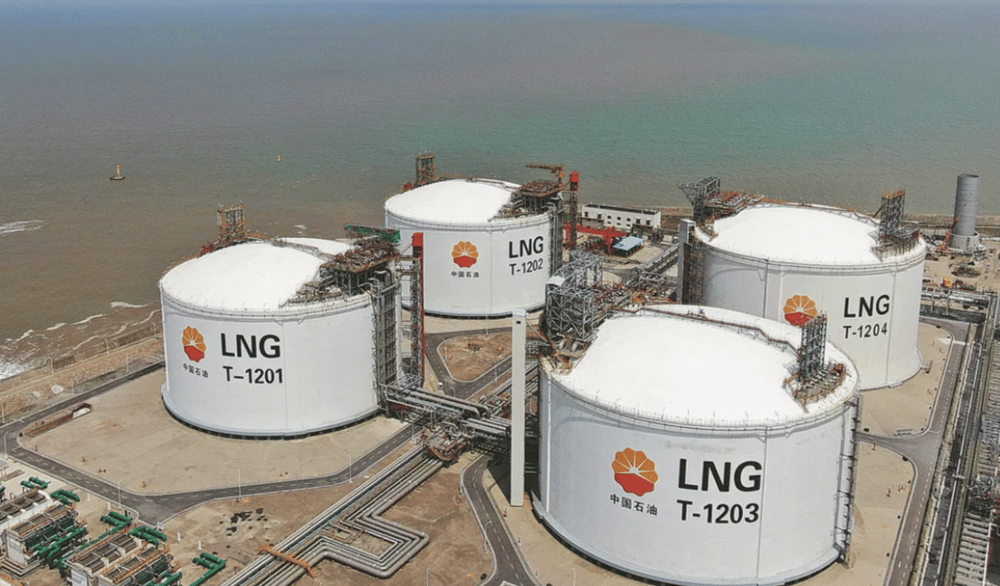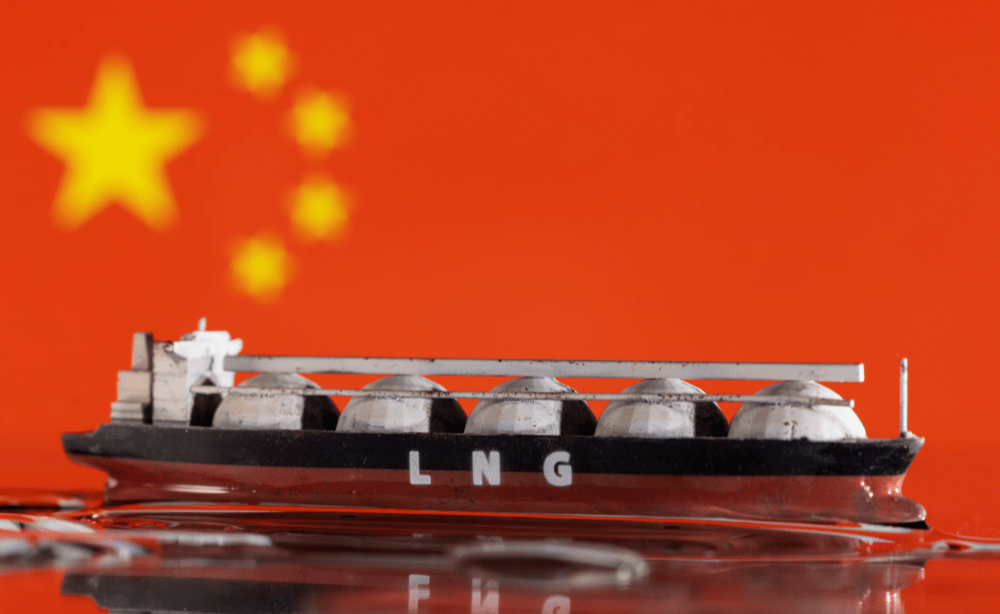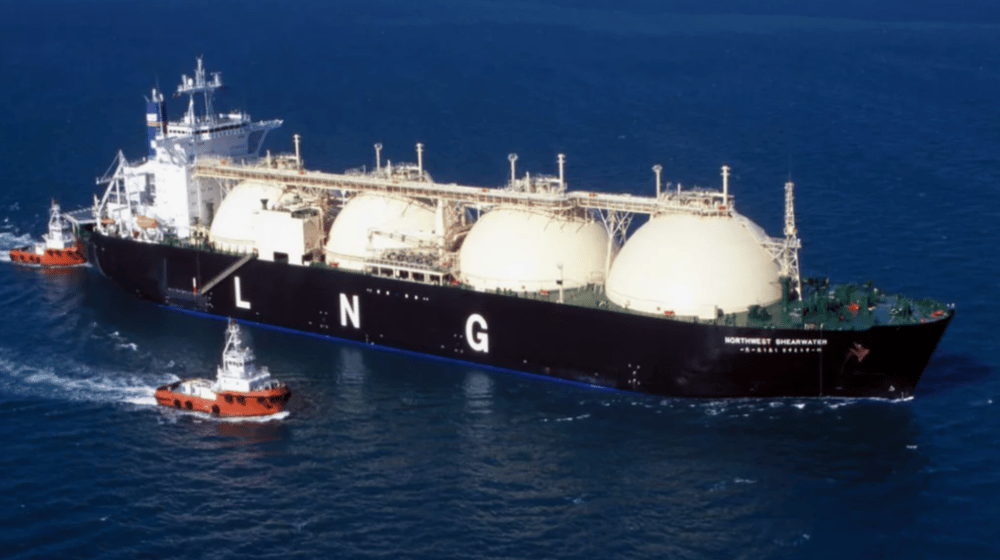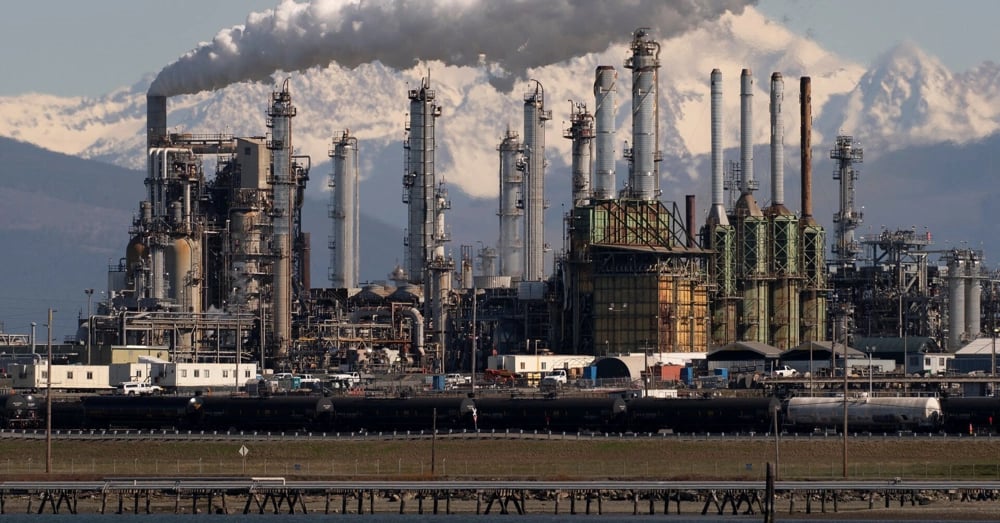China’s LNG Imports Slow as Domestic Gas Output and Pipeline Supply Rise: Implications for USD and Global Energy Markets
China, the world’s largest liquefied natural gas (LNG) importer, is showing a significant decline in LNG inflows in early 2025 as rising domestic natural gas production and increased pipeline imports reduce demand for spot cargoes. According to official customs data, LNG imports dropped to 20 million metric tons in the first four months of the year—down sharply from nearly 29 million tons in the same period of 2024.
This contraction in demand is having a cooling effect on Asian LNG spot prices, offering temporary relief to regional buyers. However, energy executives and analysts project that structural demand for LNG in China’s industrial and power generation sectors will resume its upward trajectory over the long term.
Strategic Drivers Behind China’s LNG Slowdown
China’s diversified gas strategy now leans more heavily on:
Increased domestic gas production, especially from unconventional sources such as shale and tight gas.
Expanded pipeline gas imports from Central Asia and Russia.
A macroeconomic environment characterized by weakened industrial activity and mild winter temperatures.
Price sensitivity among buyers, limiting willingness to engage in high-priced long-term LNG contracts.
Moreover, China's decision to re-export contracted LNG cargoes, particularly to European and South Asian markets, has further softened its own import footprint. This is especially relevant for U.S.-origin cargoes, which face a 15% import tariff under ongoing Sino-U.S. trade tensions.
These factors are reshaping global LNG trade flows, putting downward pressure on spot prices while also complicating U.S. LNG export dynamics in markets priced in USD.

Quick Facts
LNG Imports (Jan–Apr 2025): 20 million metric tons (vs. 29 million YoY).
Primary Drivers: Rise in domestic production and pipeline inflows.
Tariffs: 15% on U.S. LNG, impacting trade flows.
Market Impact: Asian spot LNG prices under pressure.
Re-exports: Chinese firms are reselling LNG rather than taking delivery.
Extended Analysis: Market Response and Industry Commentary
Energy traders have responded to the softened Chinese demand by reallocating cargoes to European and Indian buyers, many of whom face energy security concerns amid constrained supply from Russia. Spot LNG prices in Asia (JKM benchmark) have remained subdued despite seasonal fluctuations, hovering near multi-month lows.
Meanwhile, major exporters like the United States, Qatar, and Australia are watching China’s demand profile closely, as it remains central to long-term investment decisions in new liquefaction capacity.
ESG-linked pressures are also at play. Chinese regulators continue to balance emissions goals under their national carbon strategy with energy security priorities. While natural gas is cleaner than coal, LNG's carbon footprint from liquefaction and shipping remains a concern, influencing future contract terms and infrastructure approvals.

Key Points
China’s LNG imports fell 31% YoY to 20 million metric tons in Jan–Apr 2025.
Domestic natural gas output and increased pipeline flows are displacing LNG.
Trade tariffs on U.S. LNG (15%) continue to suppress bilateral volumes.
Re-exporting behavior is reshaping Asia’s LNG distribution dynamics.
Industry expects long-term LNG demand to recover as industrial use rebounds.
Strategic Pause, Not Structural Decline
While China’s short-term LNG demand has softened due to domestic and geopolitical factors, the long-term outlook remains robust. Industrial decarbonization, urbanization, and energy diversification will sustain demand growth over the next decade, even if 2025 proves to be a transitional year.
For global suppliers and investors, China’s temporary slowdown is more of a strategic realignment than a terminal decline. LNG remains a cornerstone of China’s low-carbon energy mix, and the interplay of domestic output, pipeline dynamics, and global pricing will continue to shape the LNG market in USD-denominated transactions.















Comments
Forward-looking investments like this are setting the pace for automation-led growth
China’s sharp LNG import drop underscores its evolving energy strategy amid rising domestic and pipeline supplies.